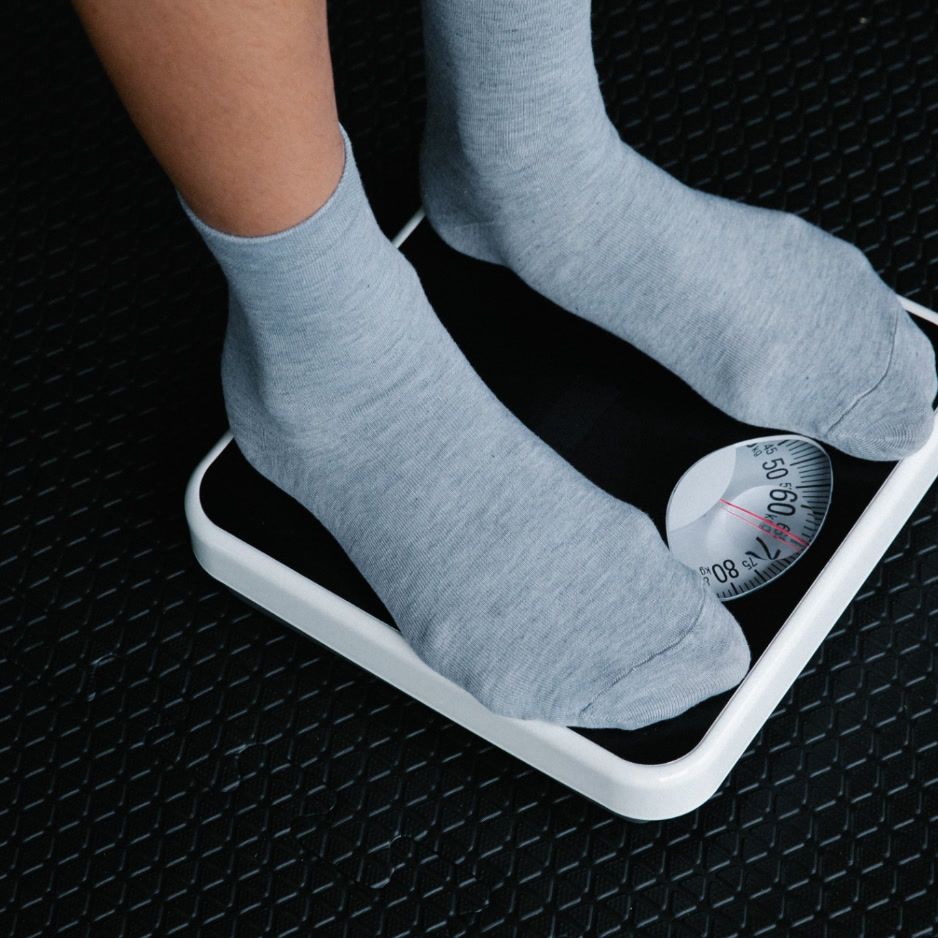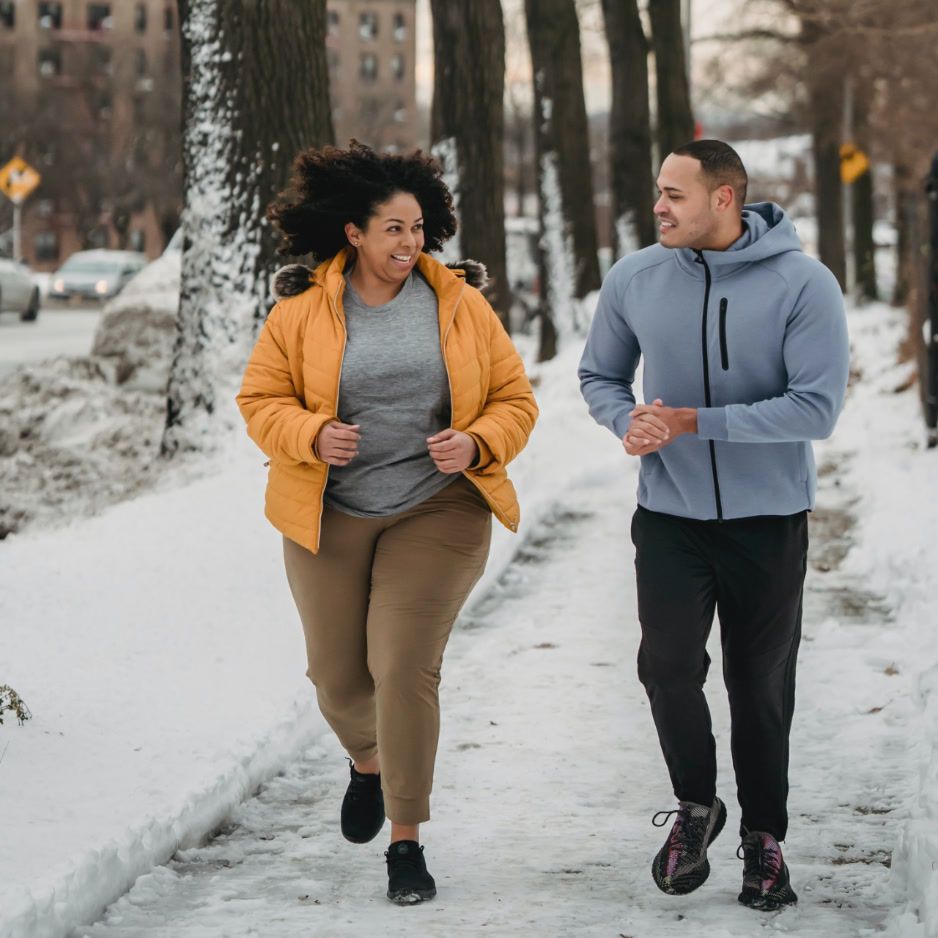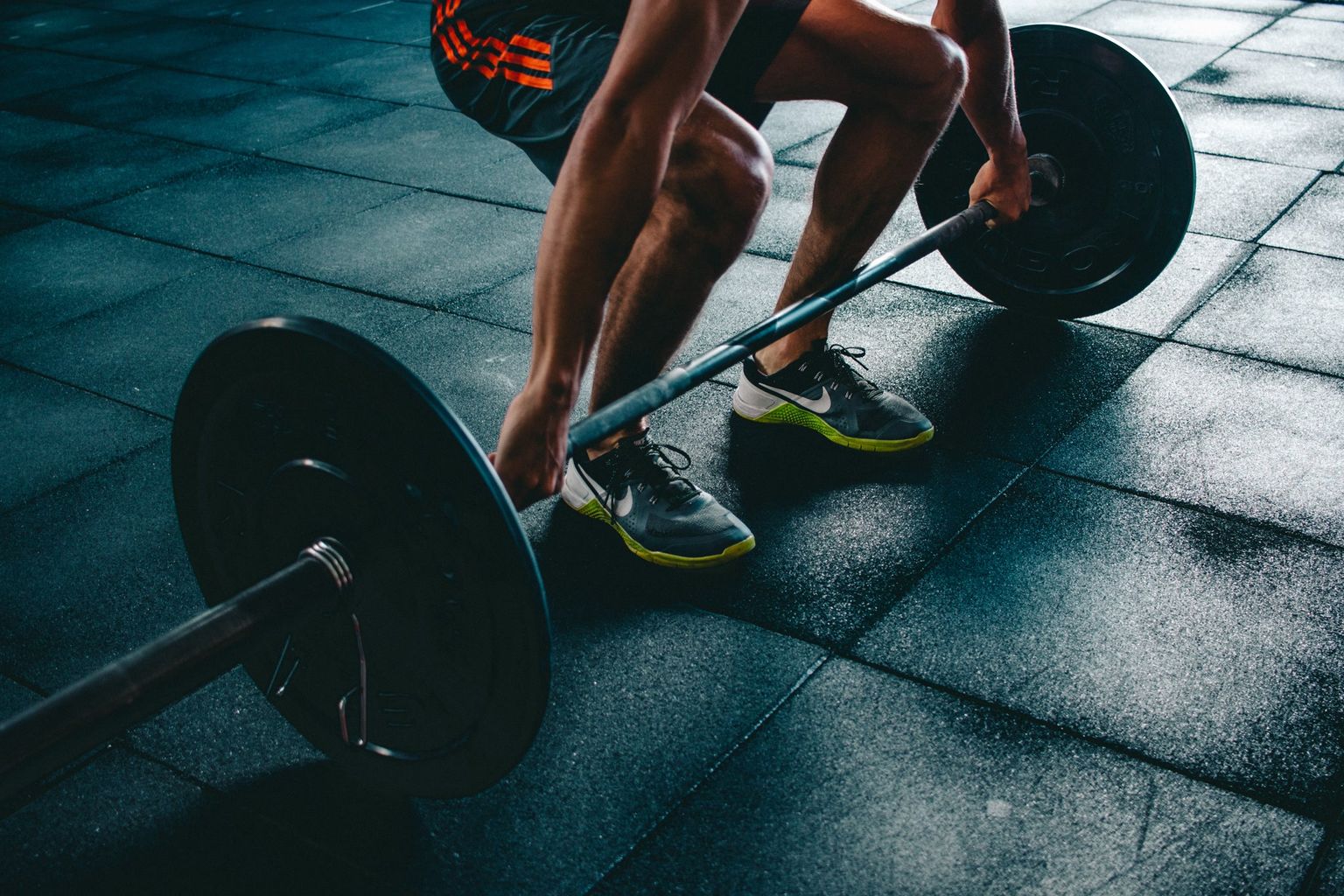No Alcohol Weight Loss: Lose 5–10 lbs in One Month
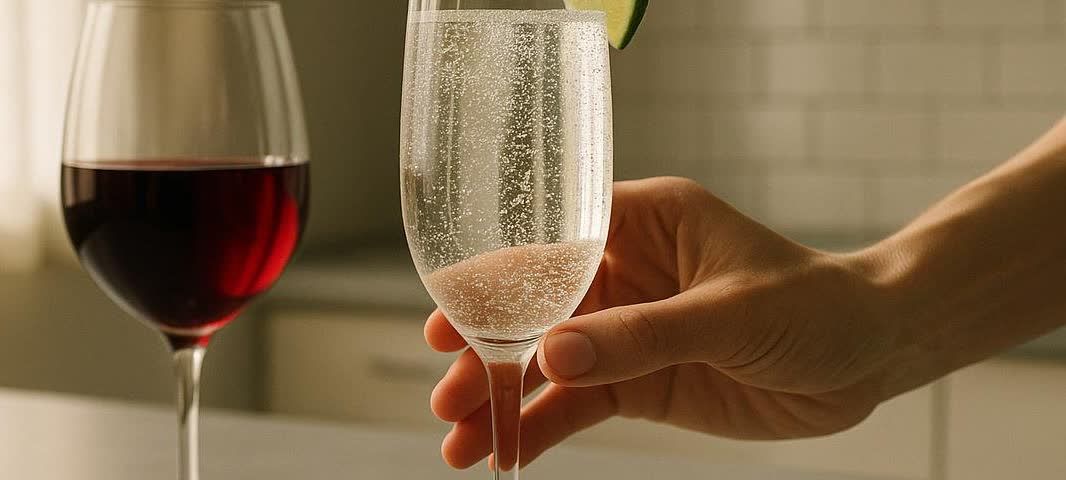
No Alcohol Weight Loss: Lose 5–10 lbs in One Month
The science-backed 30-day plan, timeline, and calorie math
TL;DR (for the skimmers)
- Ditching two standard drinks a night trims ~1,800 calories per week—about ½ lb of fat without touching your food or workout routine.
- After 7 days alcohol-free, most people notice less bloating and better sleep; by Day 30 measurable fat-loss and energy gains show up on a DEXA scan.
- Pair an alcohol-free month with a modest 250-calorie daily food deficit and three strength sessions to realistically drop 5–10 lbs (2–4.5 kg).
- A BodySpec DEXA scan before and after the challenge shows whether the weight you lost was the right kind (fat, not muscle).
Why an Alcohol-Free Month Works for Weight Loss
1. Hidden Liquid Calories Disappear
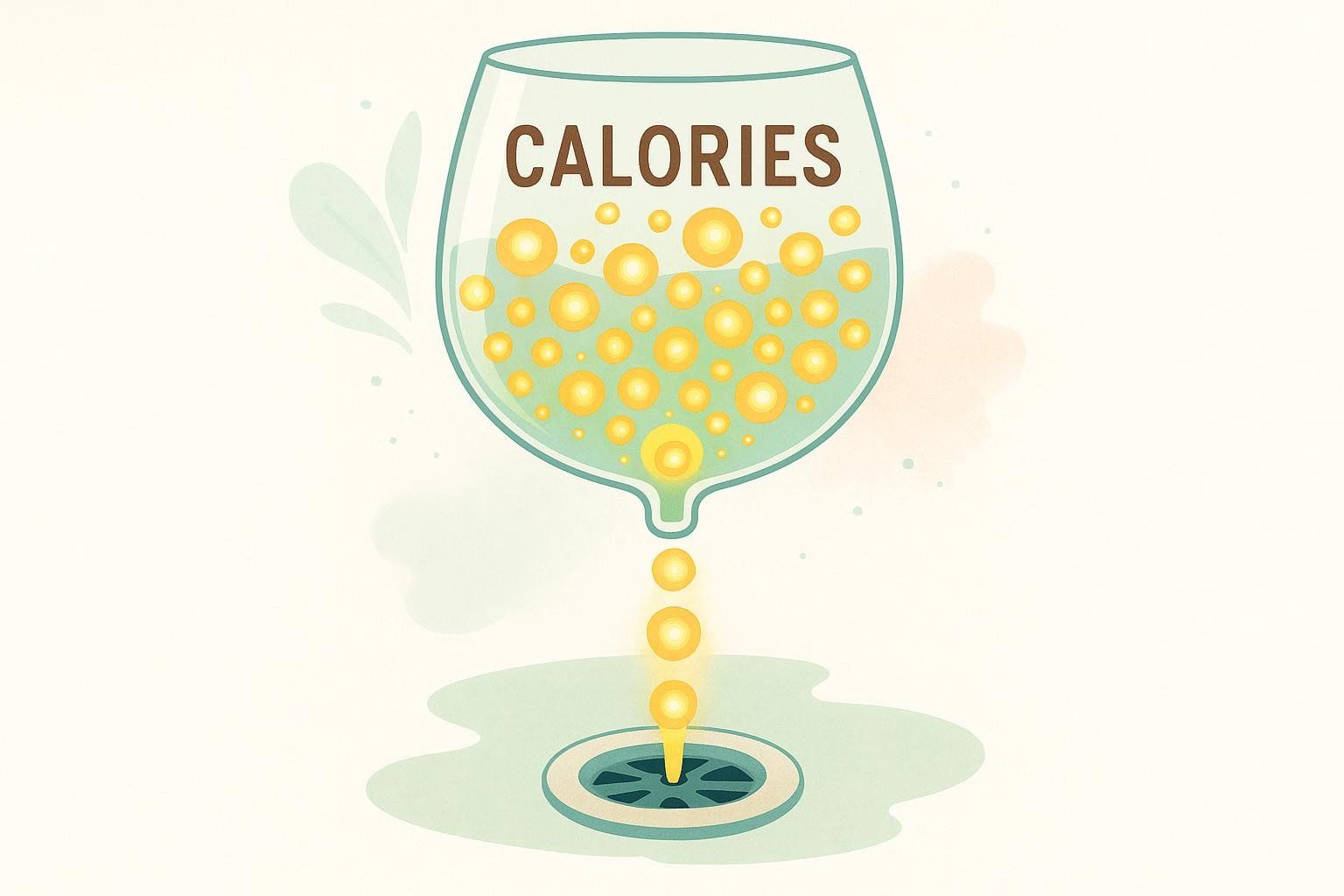
A 5-oz glass of wine (128 kcal) or 12-oz regular beer (153 kcal) adds up quickly and offers almost no nutrition or satiety (MedlinePlus). Skip two nightly drinks for a month and you save ≈ 9,000 kcal—about 2.5 lbs of pure fat.
2. Fat Burning Speeds Up
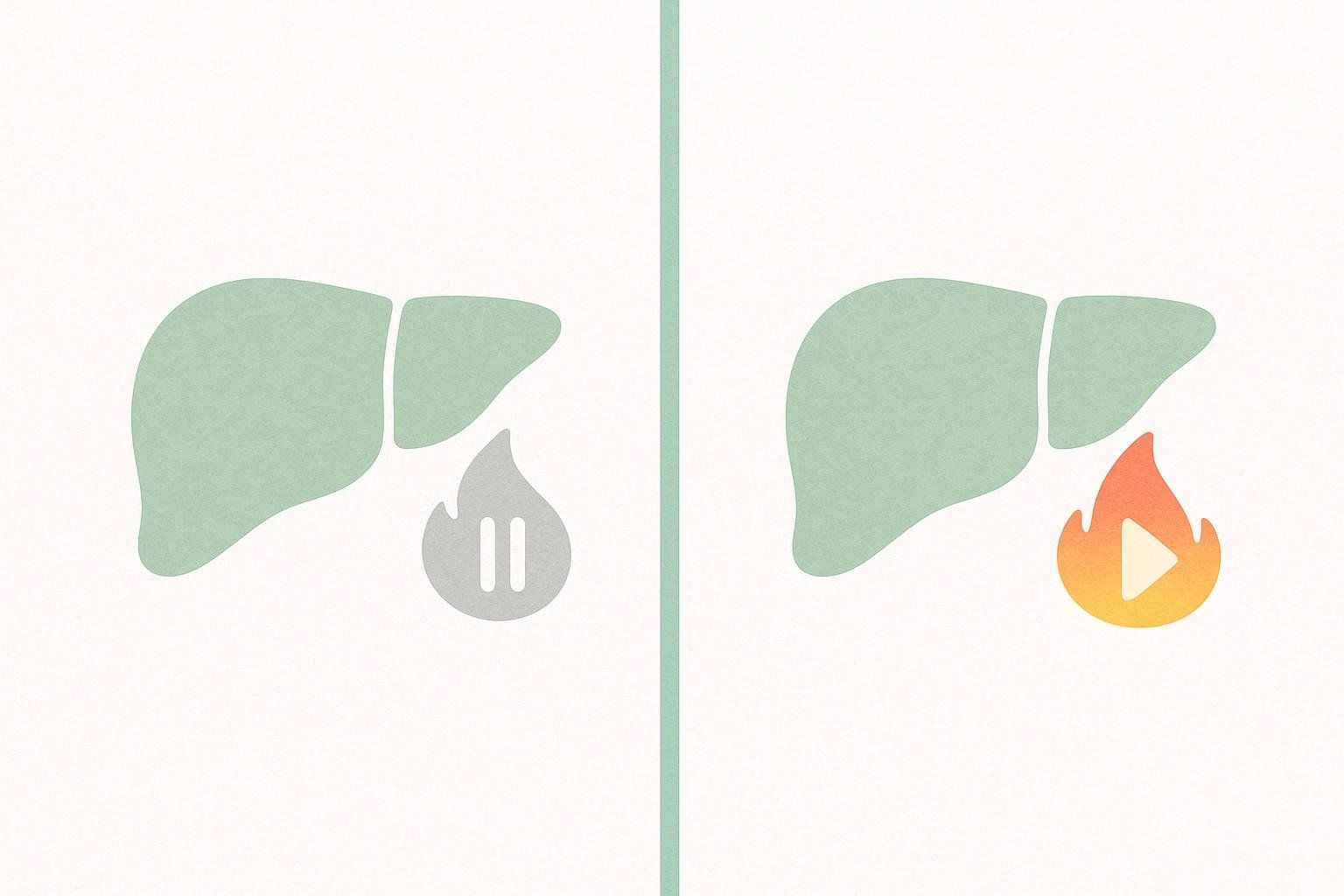
Your liver clears alcohol before metabolizing fat. A 2015 physiology review confirmed that alcohol inhibits fat oxidation, meaning dietary fat is stored rather than burned (Alcohol Consumption & Obesity Update). Remove alcohol and your body gets back to burning fat efficiently.
3. Hormones & Sleep Recover
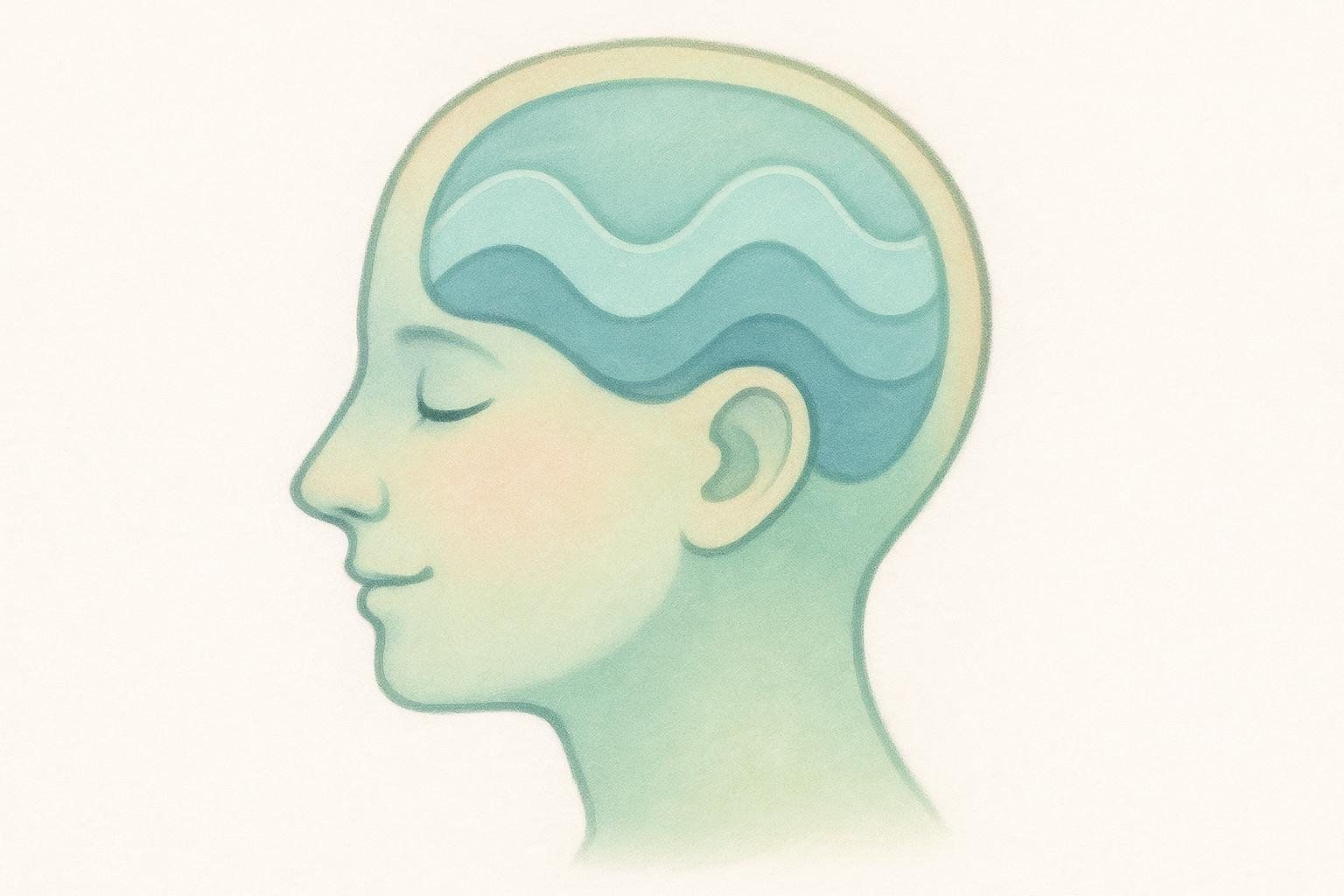
Even moderate drinking can suppress growth hormone and testosterone for up to 24 hours and fragment REM sleep, according to endocrine studies referenced by the National Institutes of Health review on alcohol’s hormonal effects (NIH Endocrine Review). Better sleep lowers cortisol and steadies appetite hormones—making calorie control easier. (See our deep dive: The Impact of Alcohol on Sleep & Recovery).
Based on Dry January research and NIAAA guidance (2023), here’s what typically happens during 30 days without alcohol:
| Day | Inside Your Body | How You Might Feel |
|---|---|---|
| 0–3 | Alcohol clears; liver starts glycogen replenishment | Cravings during typical drinking times; slightly restless sleep |
| 4–7 | Inflammation markers drop; REM sleep rebounds | Less puffy face, waking up easier |
| 8–14 | Gut-microbiome diversity improves; resting heart rate falls | Noticeable energy bump; workouts feel stronger |
| 15–21 | Fat-oxidation enzymes fully restored; skin hydration improves | Belt notch loosens; clearer skin |
| 22–30 | Sustained calorie deficit shows on the scale; insulin sensitivity rises | 5–10 lbs lighter, mood more stable |

Calorie-Savings Math: How Many Pounds Can You Lose?
| Daily Habit Kicked | Calories/Drink | 30-Day Savings | Fat-Loss Potential* |
|---|---|---|---|
| 1 light beer | 103 | 3,090 | 0.9 lb |
| 2 glasses red wine | 125 | 7,500 | 2.1 lb |
| 3 craft IPAs | 200 | 18,000 | 5.1 lb |
| 2 margaritas | 168 | 10,080 | 2.9 lb |
| 3 vodka-sodas | 97 | 8,730 | 2.5 lb |
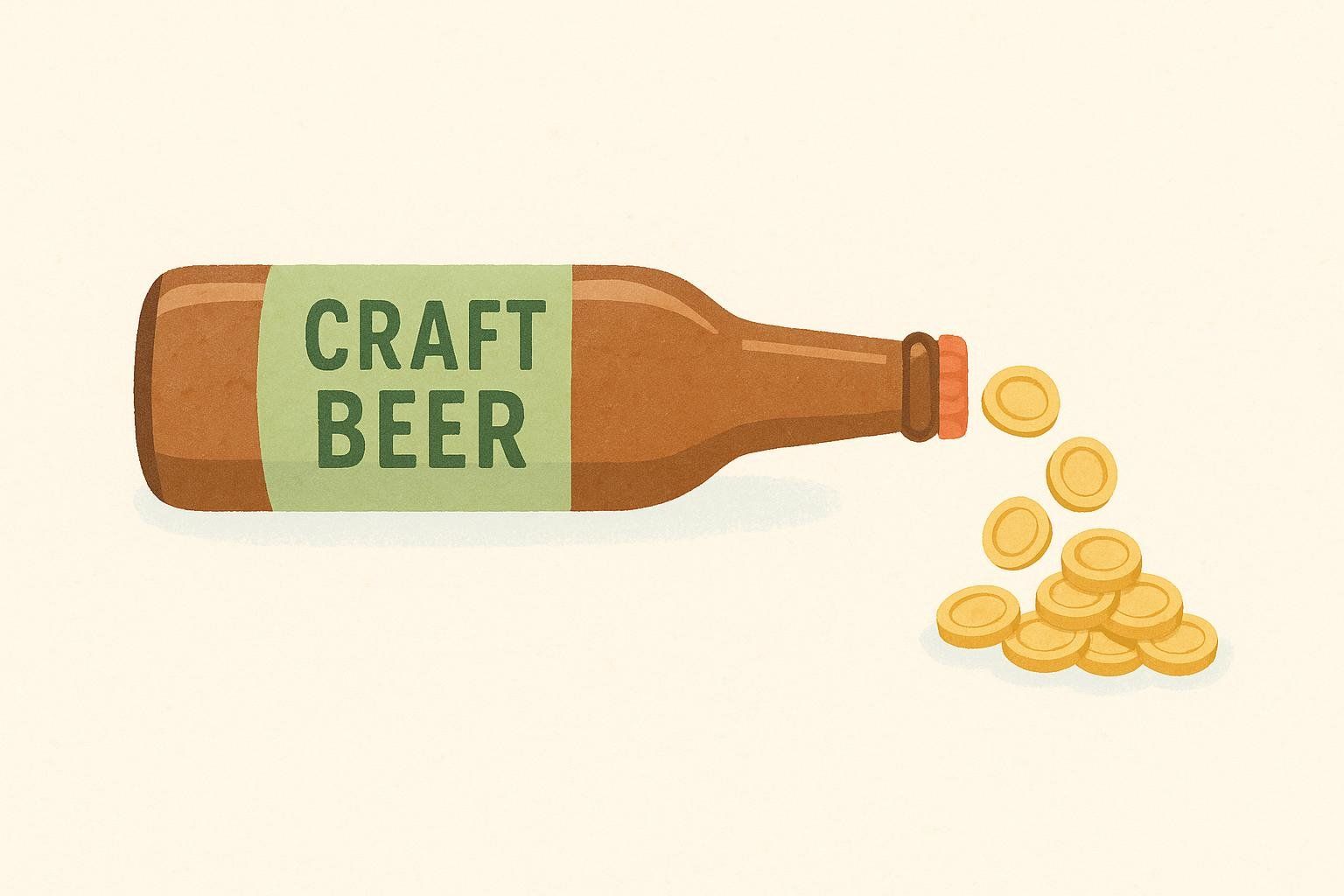
Estimates use 3,500 kcal ≈ 1 lb of body fat. Actual results vary.
Want a personalized projection? Try our interactive Weight-Loss By Date Calculator.
Step-By-Step 30-Day Plan
Week 1: Prep & Replace
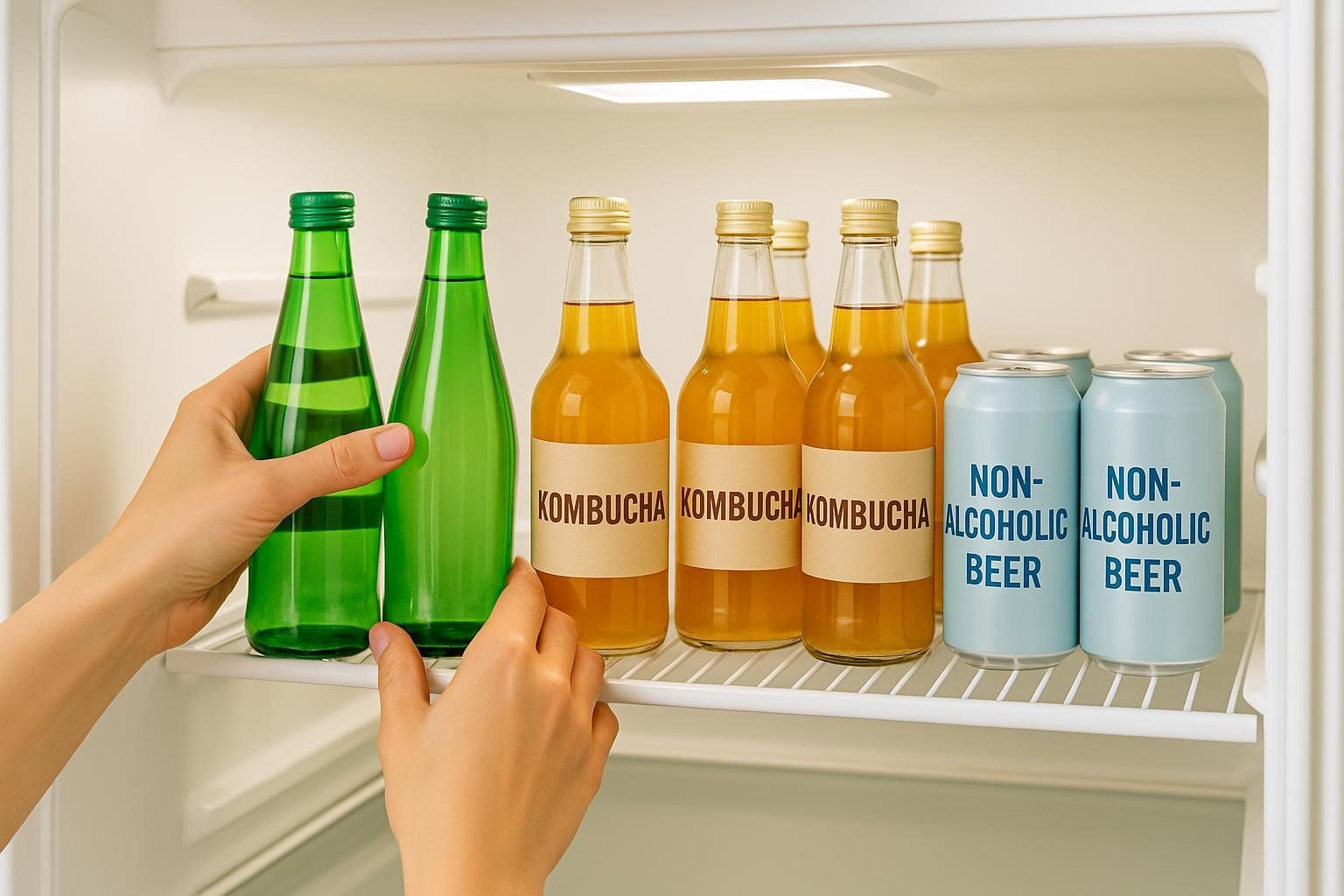
- Remove temptations. Clear the fridge and bar cart.
- Stock swaps. Sparkling water + lime, non-alcoholic beer, or herbal tea keep the ritual without the booze.
- Announce the goal. A study from Dominican University of California showed that writing down goals and sending weekly progress updates to a friend made participants 65% more likely to achieve them.
- Book your baseline DEXA. Objective body-comp data = built-in motivation.
Week 2: Dial in Nutrition
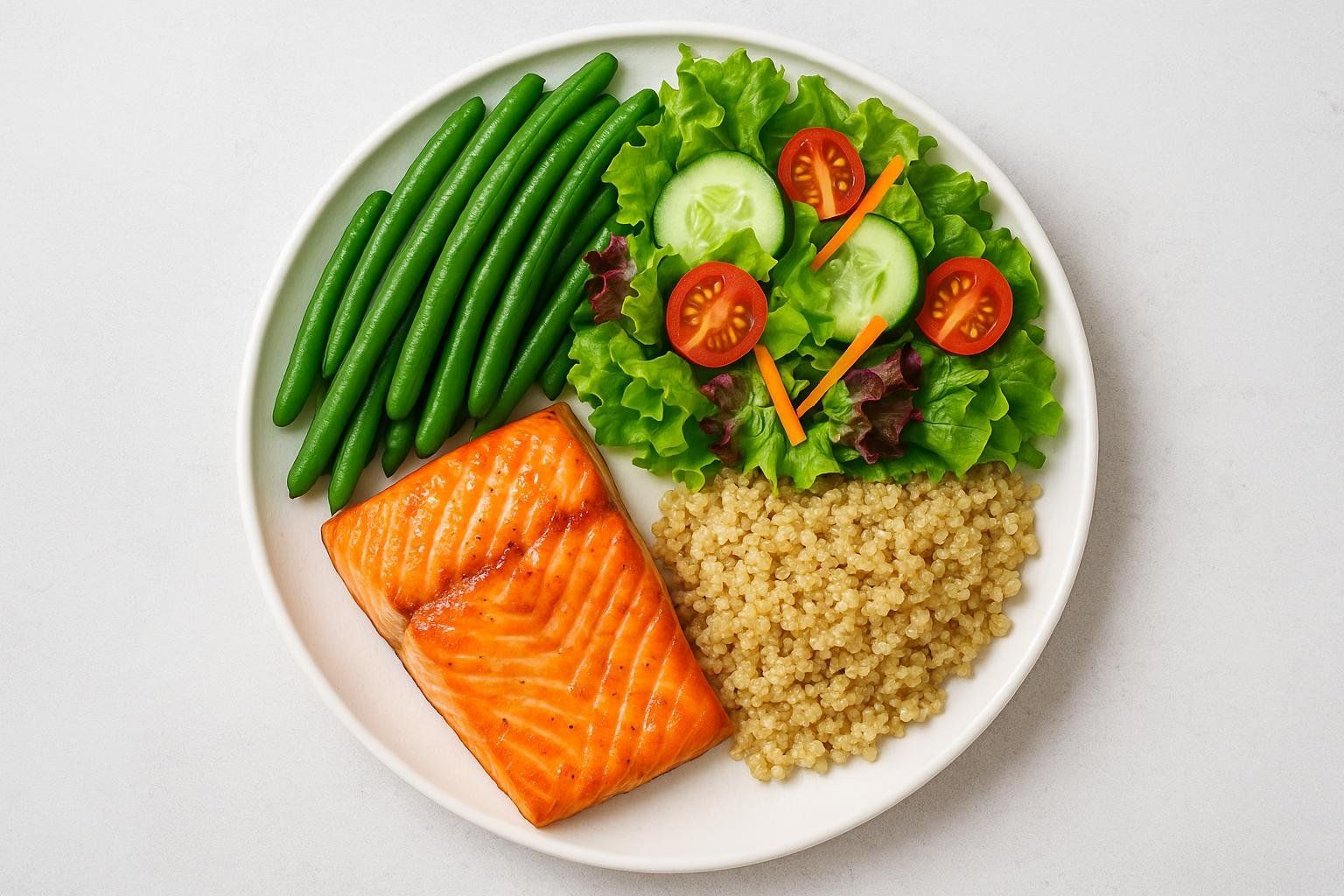
- Create a 250-calorie daily food deficit—sustainable and muscle-preserving.
- Prioritize protein (1.6–2.2 g/kg body weight).
- Fill half your plate with fibrous veggies to stay full.
Week 3: Optimize Your Training
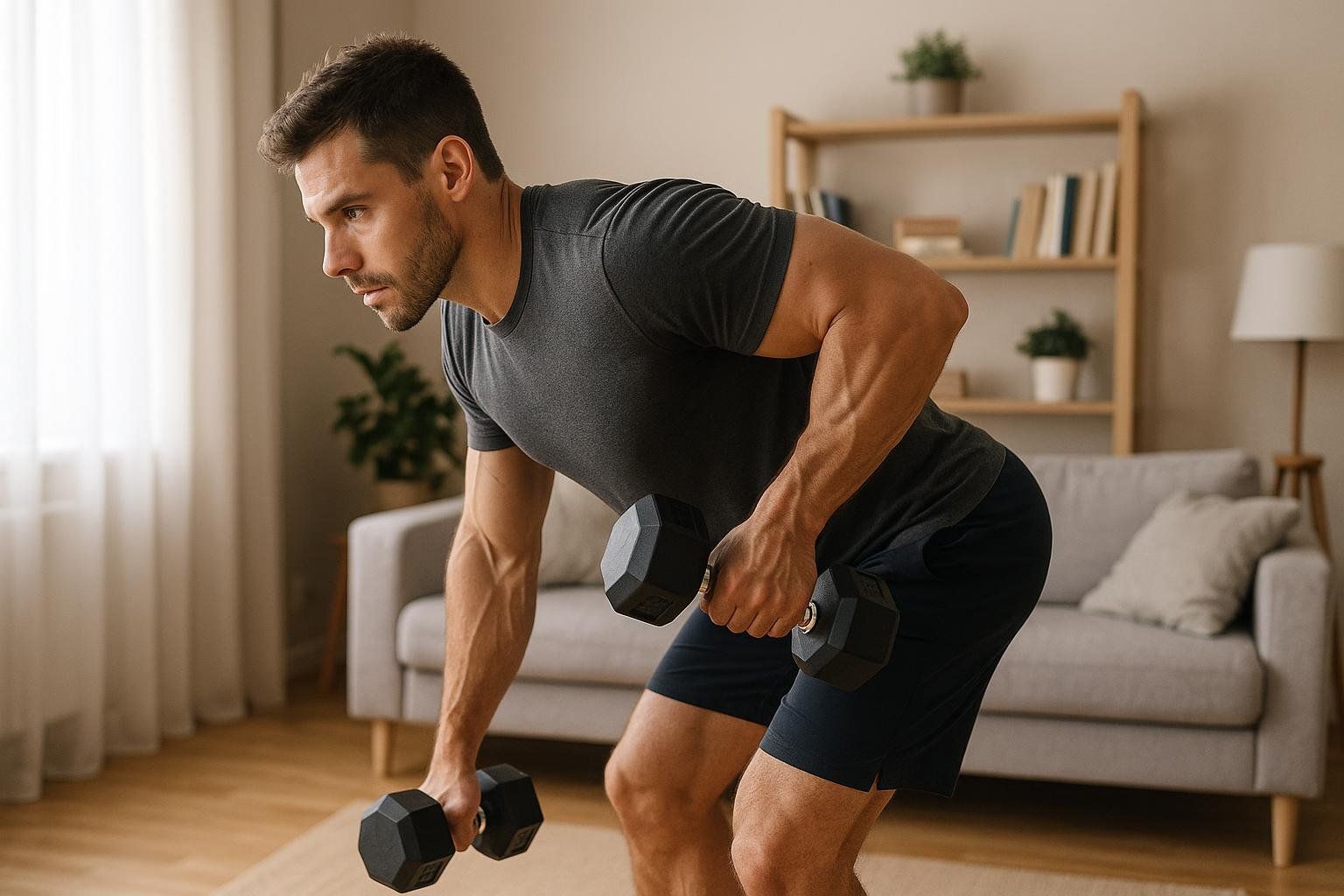
- Complete three full-body strength workouts to spur muscle-protein synthesis.
- Add two 30-minute moderate-intensity cardio sessions for an extra 300–400 kcal burn.
Week 4: Lock in Sleep & Stress Management
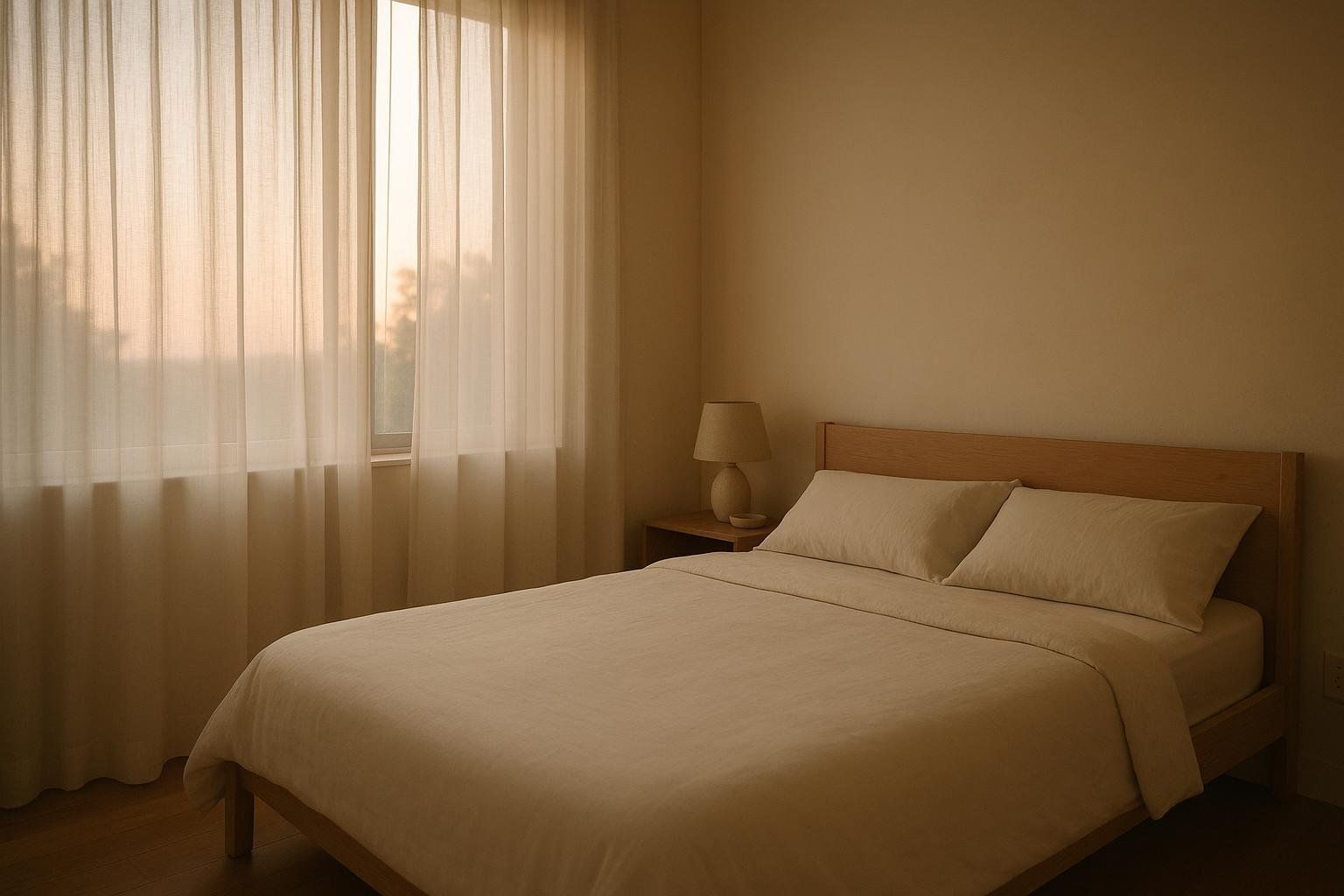
- Keep a consistent 7–9-hour sleep window.
- Use a 10-minute mindfulness practice when cravings hit.
- Hydrate: 0.5–0.7 oz water per lb body weight.
Day 30: Re-test & Reflect
- Repeat your BodySpec scan—celebrate fat lost and muscle preserved.
- Decide next steps: stay dry, adopt “1–2 drinks/week,” or set a new goal.
FAQs
How much weight can I lose in one month with no alcohol?
Most moderate drinkers cut 4,000–12,000 kcal—roughly 1–3 lbs of fat. Add a mild food deficit + exercise and 5–10 lbs is realistic.
Will quitting alcohol slow my metabolism?
No. Metabolism often improves thanks to better sleep and hormone balance.
Do I have to quit forever?
Not necessarily. A 30-day reset helps you reassess habits. Many people settle into a “2-drinks-per-week” limit.
Can I build muscle while not drinking?
Absolutely—especially with high protein and strength training. Without alcohol-induced protein-synthesis suppression, gains may even accelerate.
Is non-alcoholic beer okay?
Most NA beers are <70 kcal and ≤0.5 % ABV—fine substitutes if they don’t trigger cravings.
Ready to See Your 30-Day Transformation?
- Schedule a baseline BodySpec DEXA scan to measure fat vs. muscle precisely.
- Commit to the 30-Day No-Alcohol Challenge.
- Scan again on Day 30 and let the data fuel your next goal.
For more on alcohol’s broader fitness impact, read: Alcohol & Fitness: How Drinks Impact Your Goals.
